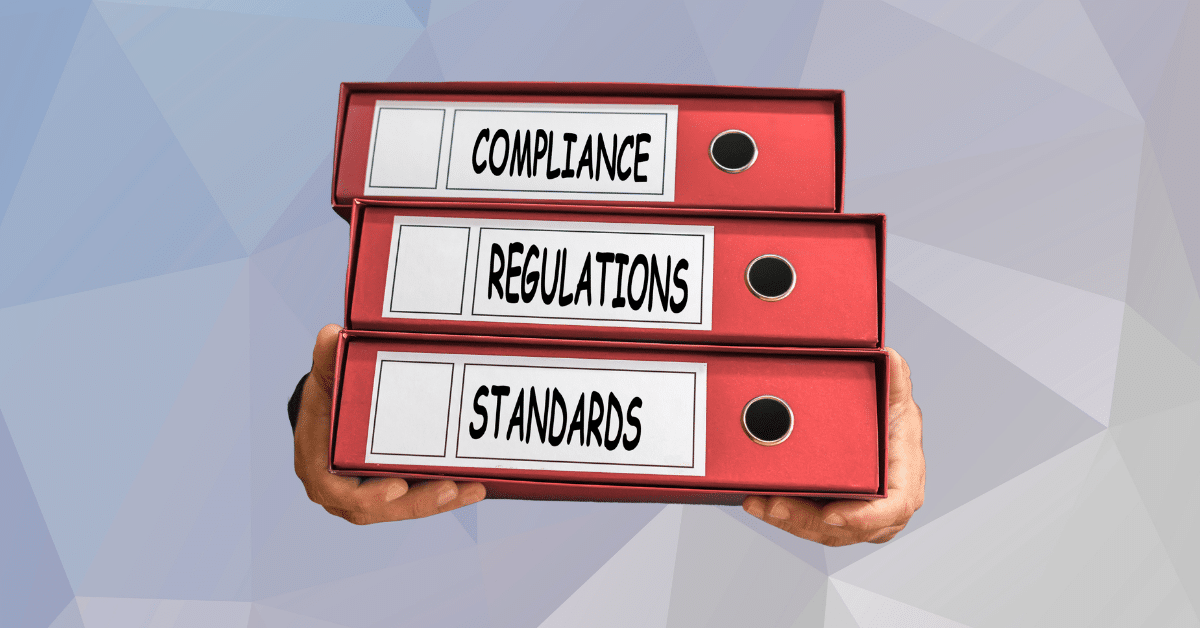A VP of People once told me the moment her team turned a corner. A new engineer pinged her manager after a Slack joke went sideways. Instead of awkward silence or public shaming, the manager used a short script from training, reset the tone, and checked in with both parties. No flare-ups. No rumor mill. That’s the promise of training that fits how people work today—short, clear, and practical enough to use on a Tuesday afternoon.
This guide shows exactly how to build that kind of program—one that shapes behavior, supports reporting, and strengthens culture without stalling work.
Effective Sexual Harassment Training
When leaders ask what makes practical sexual harassment training different, the answer is simple: people leave with scripts they can use, not just definitions they can recite. Great programs blend plain-language policy, realistic scenarios, and quick practice. They also connect to a broader system—policies people can find, reporting routes that feel safe, and visible follow-through from managers. Tie it all together, and you don’t just check a box; you upgrade how teams communicate, make decisions, and collaborate.
Core Outcomes To Aim For
- Shared language about boundaries and respect across roles and locations
- Bystander skills that let peers redirect before harm spreads
- Manager habits for quick, fair responses and clean documentation
- Clear, familiar reporting channels with predictable next steps
- Measurable movement on safety, trust, and retention
The Business Case That Resonates With Leaders
Executives fund initiatives that improve performance and reduce risk. Training affects both. Healthy norms reduce incidents, shorten conflict cycles, and keep high performers from walking. Teams ship faster when meetings feel fair and feedback lands cleanly. A strong program also lowers the odds of expensive disputes by promoting early, well-documented intervention.
Translate Culture Into Operations
- Faster decision cycles when people trust meetings and chats
- Fewer escalations because peers and managers act early
- Lower turnover is tied to conflict and burnout.
- Better employer brand through consistent, respectful behavior
Design For Real Workflows, Not Ideal Days
People work hybrid and async. They live in Slack or Teams. They join meetings from kitchens and client sites. Training must reflect that reality.
- Utilize micro-modules to enable employees to complete tasks between assignments.
- Show chat, emoji, DM, and after-hours examples
- Offer live cohorts for discussion, as well as on-demand options for flexibility.
- Provide Spanish and other language options where appropriate.
- Add accessibility from the start—captions, transcripts, and a readable slide.
Tailor Content For Roles And Locations
A single course can’t carry every nuance. Use branches or separate tracks so each person sees what fits their job and jurisdiction.
Role-Based Focus
- Customer-facing staff: boundary setting with clients and vendors
- ICs: bystander moves, peer-to-peer nudges, safe escalation
- Managers: duty to act, documentation, routing, zero-retaliation
- Executives: modeling, resourcing, and public accountability
Location-Aware Coverage
- State and city requirements (timing, topics, record-keeping)
- Examples that match local norms without excusing disrespect
- Links to local reporting options when they differ by site
Make Interactivity The Default
Adults learn by doing. Build practice into every section, even if the course is self-paced.
Simple Ways To Add Practice
- One-minute scenarios with pick-a-response branches
- Quick role-plays for managers during live sessions
- Short reflection prompts that feed a private notes page
- Knowledge checks tied to real teammate moments, not trick questions
- A printable or mobile “What To Say” card for everyday situations
Manager Modules That Change Behavior
Your harassment training for supervisors is the backbone of the program. Managers translate policy into daily habits.
Five Skills Managers Should Practice
- Spot risky moments early and redirect with neutral language
- Document facts clearly—who, what, when, where—without opinions
- Route concerns using the right channel and timeline
- Protect against retaliation, including subtle scheduling or assignment changes.
- Establish explicit norms in meetings and chats to ensure that boundaries are clearly understood by everyone.
Give leaders a script bank:
- “Let’s keep comments about people out of this thread and focus on the work.”
- “I’m logging what you shared and will route it today. You’ll hear what happens next.”
Build A Prevention Program Around The Course
Training is most effective within a system that supports it. That’s where harassment prevention programs come in.
Program Pieces That Amplify Learning
- Policy written in plain English with everyday examples
- One-page “How To Get Help” map with multiple options
- Anonymous and named reporting routes
- A no-spectator pledge: if you see something, you do something
- Quarterly refreshers with three new scenarios and one manager drill
- Recognition for teams that model respectful communication
This is how harassment prevention training moves from a calendar event to a cultural habit.
A 60-Day Rollout Plan That Won’t Derail Work
Weeks 1–2: Align And Announce
Pick an owner and an executive sponsor. Publish a short policy recap and a two-minute video from leadership reinforcing expectations and support.
Weeks 3–4: Train Managers First
Run an interactive session. Collect real questions and turn them into an internal FAQ. Hand out the script card and a documentation template.
Weeks 5–6: Train Everyone Else
Offer live and on-demand paths. Use role-specific scenarios and knowledge checks that mirror actual tools and channels.
Weeks 7–8: Reinforce
Send three micro-scenarios by email or LMS. Add a monthly “speak-up moment” to team meetings. Share anonymized trends to build trust.
Measurement That Proves Progress
Completion rates are table stakes. Track the signals that map to behavior and retention.
Metrics That Matter
- Speak-up confidence and bystander willingness in quarterly pulses
- Manager time-to-acknowledge and routing speed
- Incident mix: more early reports, fewer escalations
- Exit themes related to culture are trending down over two or three quarters
- Qualitative comments about meetings feeling fair and feedback landing cleanly
California Requirements Without The Legal Maze
Companies with teams in California should provide mandatory sexual harassment training for both supervisors and nonsupervisory staff on a two-year cycle, with additional training for new hires and newly promoted managers as needed. Courses must be interactive and cover definitions, examples, reporting, anti-retaliation, and—for supervisors—topics related to gender identity and expression. The Sexual Harassment in California training course is designed specifically for these purposes, which keeps your administrative work lean while providing people with scenarios suitable for both remote and on-site teams.
Common Pitfalls And Simple Fixes
- Long videos with no practice → Replace with five-minute chapters and quick scenarios.
- Legalese policy nobody reads → Rewrite in plain language with examples and a one-page help manual.
- Managers left out → Train them first and provide scripts, templates, and office hours support.
- No follow-through → Publish response timelines and share anonymized results.
- Set-and-forget → Run quarterly refreshers and add short prompts to meetings.
How Effective Training Shapes Culture
When training lines up with policy, reporting, and leadership habits, you get the benefits of sexual harassment training that matter: earlier course-corrections, steadier teams, and fewer costly conflicts. Over time, that consistency compounds. New hires learn the playbook on day one. Veterans see leaders act the same way every time. That reliability is how you build a durable sexual harassment training workplace culture.
FAQs
What Makes Effective Sexual Harassment Training Work For Supervisors?
Practical sexual harassment training works for supervisors by turning policy into repeatable actions. Managers practice real scenarios, use brief scripts for challenging moments, and follow checklists for intake, documentation, and same-day HR handoffs. Training also covers remote settings—DMs, video calls, and group chats—and teaches bystander moves they can model in meetings. When sexual harassment training fosters simple habits, supervisors act consistently, reduce repeat incidents, and establish a respectful tone that the entire team can trust.
How Often Should Effective Sexual Harassment Training Be Taken?
Practical sexual harassment training should be conducted on a predictable cadence to ensure skills are retained. Many employers run an annual core course with short refreshers during the year, while locations with mandates follow their required timelines. Repeating sexual harassment training at set intervals keeps scripts fresh, supports faster reporting, and ensures more consistent responses across shifts and sites. Track completions, retrain after promotions, and update content when policies or laws change.
How Does Effective Sexual Harassment Training Support Reporting?
Practical sexual harassment training supports reporting by teaching a clear path from first disclosure to HR notification. Supervisors practice how to listen, thank, document facts, and avoid promises, then record an immediate interim step. Training highlights multiple reporting channels—manager, HR inbox, hotline, or portal—and explains confidentiality limits and anti-retaliation duties. When sexual harassment training clarifies each step and who’s involved, employees speak up sooner, and cases move forward cleanly and consistently.
Can Effective Sexual Harassment Training Fit Multi-State Rules?
Practical sexual harassment training can comply with multi-state rules by pairing a national core with short, state-specific add-ons. The core covers definitions, bystander moves, supervisor intake, and anti-retaliation; add-ons handle hour counts, interactivity, and renewal timing for each jurisdiction. With a simple tracker for deadlines and proof of completion, sexual harassment training scales to California, New York, Illinois, and beyond, while maintaining a shared language and consistent manager scripts company-wide.
Why Do Supervisors Need Effective Sexual Harassment Training?
Supervisors need practical sexual harassment training because they are often the first point of contact when concerns arise. The right program provides plain-English scripts, documentation checklists, and interim safety options that users can implement the same day. It also teaches what to share, what to escalate, and how to watch for retaliation. With practiced responses and clean handoffs to HR, managers reduce risk, protect people, and build trust—turning policy into daily habits teams rely on


















